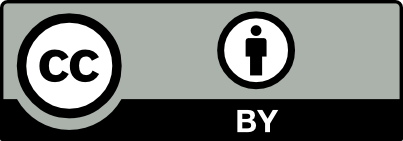Physical Properties of Starch/Powdered Activated Carbon Composite Films
Artykuł w czasopiśmie
MNiSW
100
Lista 2021
| Status: | |
| Autorzy: | Kwaśniewska Anita, Świetlicki Michał, Prószyński Adam, Gładyszewski Grzegorz |
| Dyscypliny: | |
| Aby zobaczyć szczegóły należy się zalogować. | |
| Rok wydania: | 2021 |
| Wersja dokumentu: | Drukowana | Elektroniczna |
| Język: | angielski |
| Numer czasopisma: | 24 |
| Wolumen/Tom: | 13 |
| Numer artykułu: | 4406 |
| Strony: | 1 - 12 |
| Web of Science® Times Cited: | 2 |
| Scopus® Cytowania: | 3 |
| Bazy: | Web of Science | Scopus |
| Efekt badań statutowych | NIE |
| Materiał konferencyjny: | NIE |
| Publikacja OA: | TAK |
| Licencja: | |
| Sposób udostępnienia: | Witryna wydawcy |
| Wersja tekstu: | Ostateczna wersja opublikowana |
| Czas opublikowania: | W momencie opublikowania |
| Data opublikowania w OA: | 15 grudnia 2021 |
| Abstrakty: | angielski |
| In the present study, starch/powdered activated carbon composite films were prepared by incorporating various amounts of powdered activated carbon (PAC)—1–5, 10, and 15 %—into a starch matrix, using the solvent casting method. The effect of PAC addition on the biopolymer film was investigated. The mechanical properties were examined by ultra-nanoindentation, nanoscratch, and micro-tensile tests. Since the mechanical properties of biopolymer films are correlated with their structure, the effect of PAC addition was tested using X-ray diffraction. The surface parameters morphology and wettability were analyzed by atomic force microscopy (AFM) and contact angle measurements. The barrier properties were examined by determining water vapor permeability and the water solubility index. The obtained results did not show a monotonic dependence of the mechanical parameters on PAC content, with the exception of the maximum strain, which decreased as the amount of the additive increased. The visible effect of PAC addition was manifested in changes in the adhesive force value and in water vapor permeability (WVP). The barrier properties decreased with the increase of the filler content. |

